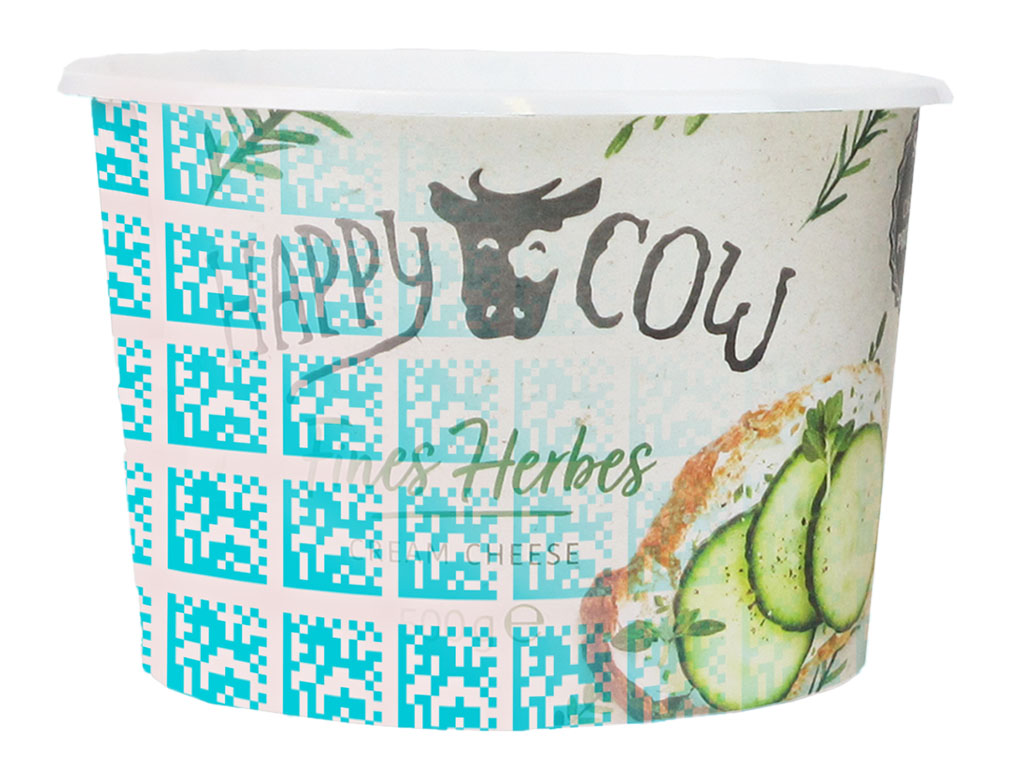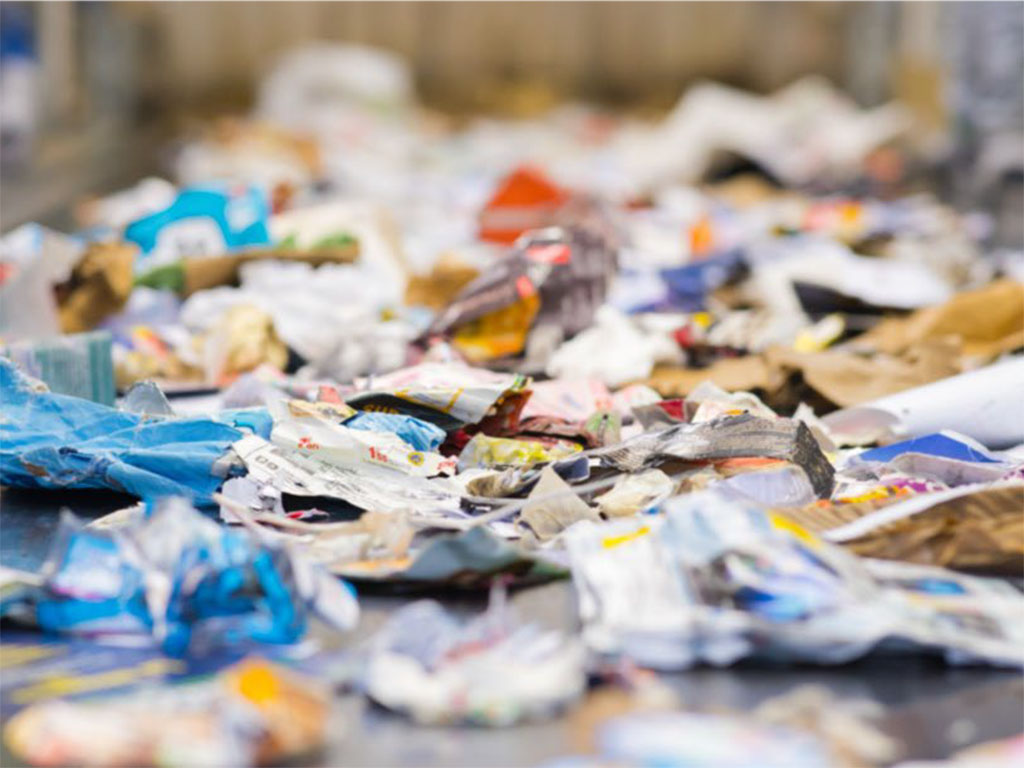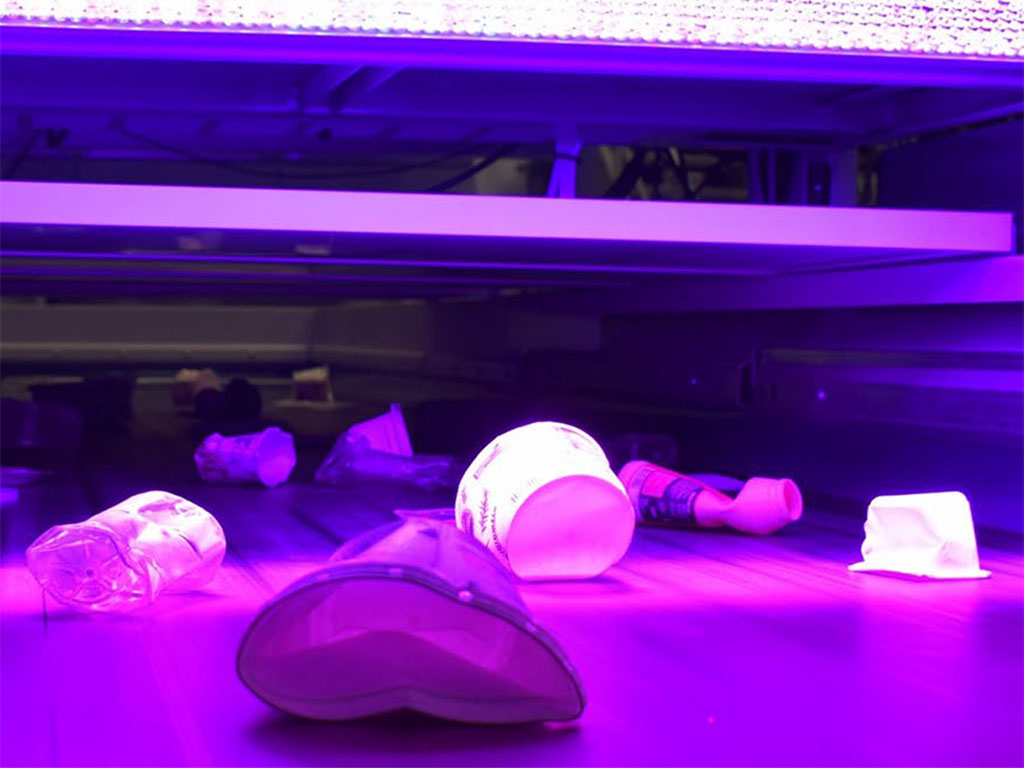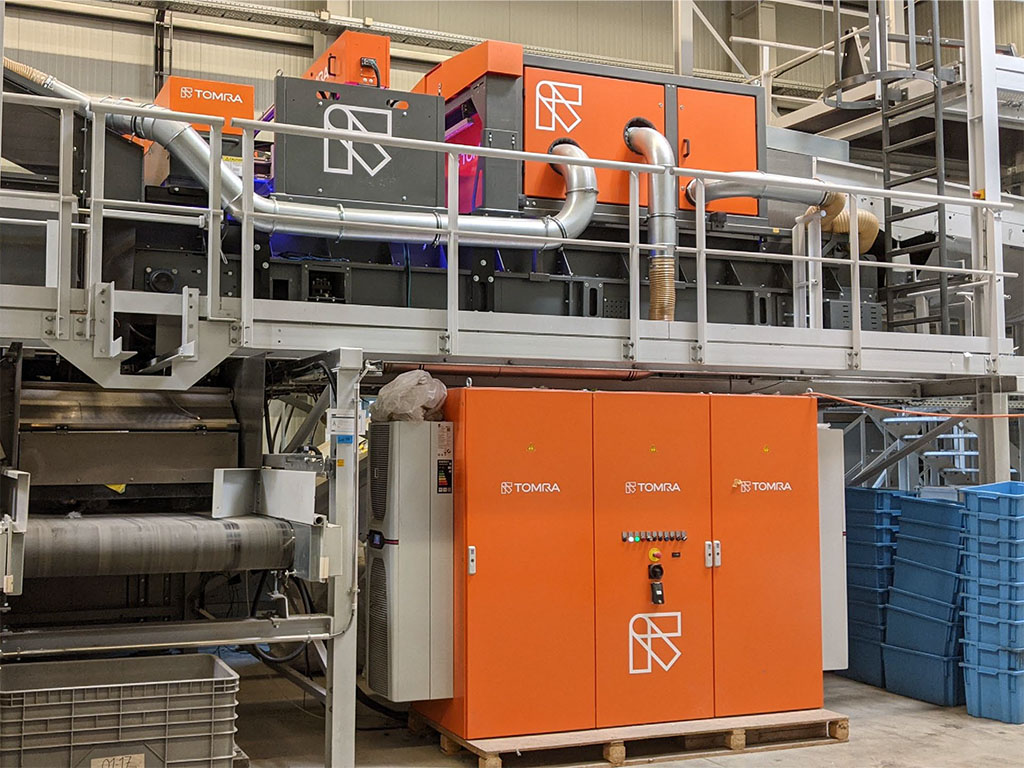Introduction
One of plastics’ greatest strengths is its versatility, with numerous different polymers available, each offering various performance criteria. This gives the material the flexibility and adaptability to be the perfect choice for so many different products and applications.
The challenge for plastics is that, although many polymers are recyclable, without effective sorting, the blend of recycled material has limited uses. And as the world continues to move towards a circular economy, the ability to easily sort and separate these polymers at the start of the recycling process will be critical to delivering the high quality and consistent recyclate that enables it to be used in many more products.
This is the issue that the Digital Watermarks Initiative HolyGrail, of which Berry Global is proud to be a participant, is addressing.
The Project
The Digital Watermarks Initiative HolyGrail is coordinated by AIM, the European Brands Association, and the Alliance to End Plastic Waste. The pilot project aims to prove the technical viability of digital watermarks for the accurate sorting of packaging waste, along with its wider economic suitability.
Digital watermarks are imperceptible codes, the size of a postage stamp, that can cover the surface of a package. They can be embedded into graphics or into the packaging mould itself. For the sorting of plastic waste, the objective is that once a pack has entered into a waste sorting facility, the digital watermark can be detected and decoded by a high-resolution camera, which is able to sort packaging into the different categories required, such as food and non-food.
This would result in better and more accurate sorting streams, which will deliver higher quality recyclate that benefits the entire packaging value chain.
History and Progress

The HolyGrail Pioneer Project was established to speed up the transition to a circular economy for plastics by focusing on ways to increase recycling rates, in particular through improved sorting of post-consumer packaging.
The digital watermarks initiative originated as part of the wider HolyGrail 1.0 project, which took place between 2016 and 2019. This was facilitated by the Ellen MacArthur Foundation and brought together various stakeholders from the packaging value chain to investigate possibilities for improving post-consumer recycling through the use of chemical tracers and digital watermarks for better sorting.
From this initial project, digital watermarks were found to be the most promising technology, gaining support among the large majority of stakeholders.
As well as its potential for effective sorting, through the creation of smart packaging, the technology also has the potential to be used in other areas. These include consumer engagement, for example providing additional product information, linking to a website or promoting a competition, supply chain visibility and retail operations.
HolyGrail 1.0 provided a basic proof-of-concept for digital watermarks. This led to the establishment of HolyGrail 2.0 as a cross-value chain initiative to assess how this digital technology can enable better sorting and higher-quality recycling rates as part of a circular economy.
Digital Watermarks Initiative HolyGrail 2.0

The second stage of the project involved semi-industrial testing that mimicked real-life conditions of the prototype detection unit for digital watermarks. The tests were carried out on around 125,000 pieces of packaging from 260 stock-keeping units (SKUs). The packs included soiled and crushed examples and were handled at a belt speed of 3m per second to represent routine industrial operations. Additional tests were also undertaken at a higher belt speed of 4.5 m/s with packs with severe soiling and crushing, and showed no loss of performance.
Success criteria for the tests included detection efficiency, ejection efficiency, purity, prototype stability and routine function, ease of programming the sorting operation, and counting capabilities of the prototype.
The ejection operation comprised a software combination of digital watermark detection and near-infrared (NIR) detection to identify both watermarked and non-watermarked items, as would be occur in a typical industrial sorting or recycling facility. Based on initial findings, the combined signal of NIR/digital watermarks detection was refined to further improve the purity of the sorted output.
The Results

The results showed that the digital watermark technology can achieve more granular packaging waste at scale. Consistently high rates were achieved across all the tested categories of plastic packaging, with on average 99% detection, 95% ejection and 95% purity rates.
Berry was able to make an important contribution to the project, thanks to our wide-ranging product portfolio. We supplied a number of different drinking cups, lids, tubs and tubes in polypropylene and polyethylene, thermoformed and injection moulded, in transparent, white and printed, and with laminated, gloss, matte and satin finishes. In addition to this extensive variety of samples, we were able to provide some products that were printed with the watermark and some that were moulded with the watermark to enable the technology to be fully tested.
A particularly significant finding was the ability of the system to identify and sort the soiled and crushed items, with codes being able to be read with just part of the code showing from different areas of the pack.
The success of the project opens up potential opportunities such as developing separate food and other new PCR streams, for example cosmetics or household chemicals, that do not currently exist. This could provide new recycling steams, help to overcome the limitations of current NIR sorting technologies, and help move towards a true circular economy for packaging.
Moving Forward

The project has proved that digital watermarks can increase intelligent sorting of packaging waste at scale. It also demonstrates how the coming together of businesses who are engaged and committed to a clear goal can help to accelerate the development of new solutions.
The next step will be industrial-scale pilots and in-market tests to assess the technology on an even larger basis.
We will keep our customers updated on the progress of the project. And with the ability to embed the watermark into both graphics and moulds, we will be able to advise customers on the appropriate next steps for their requirements.
For more information about our initiatives supporting sustainability, visit: https://www.berryglobal.com/en/sustainability/supporting-customer-goals/berry-difference